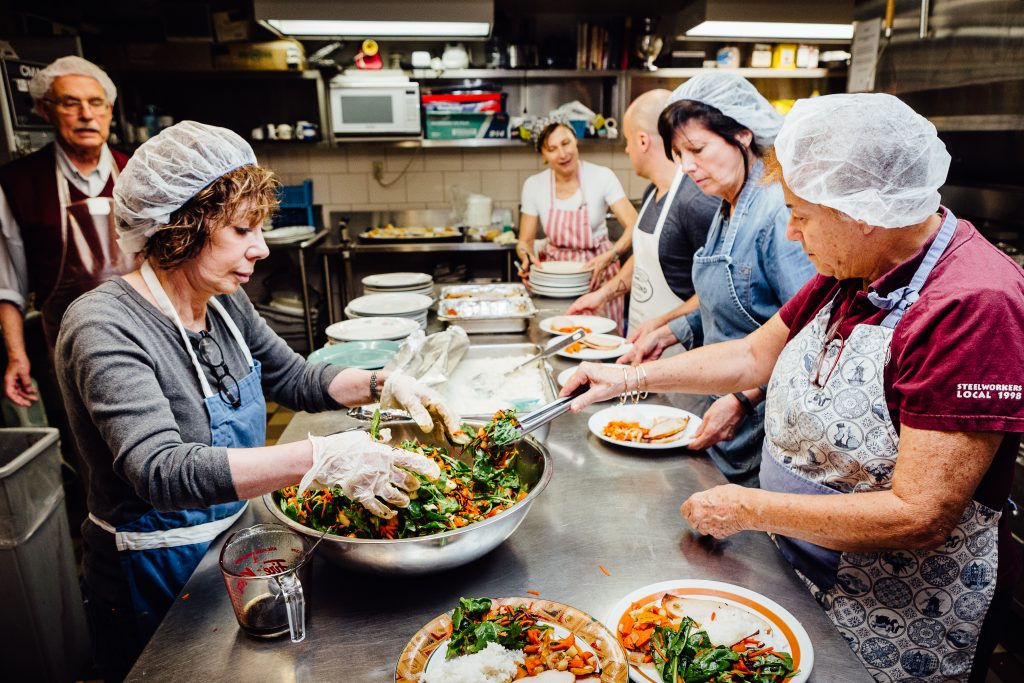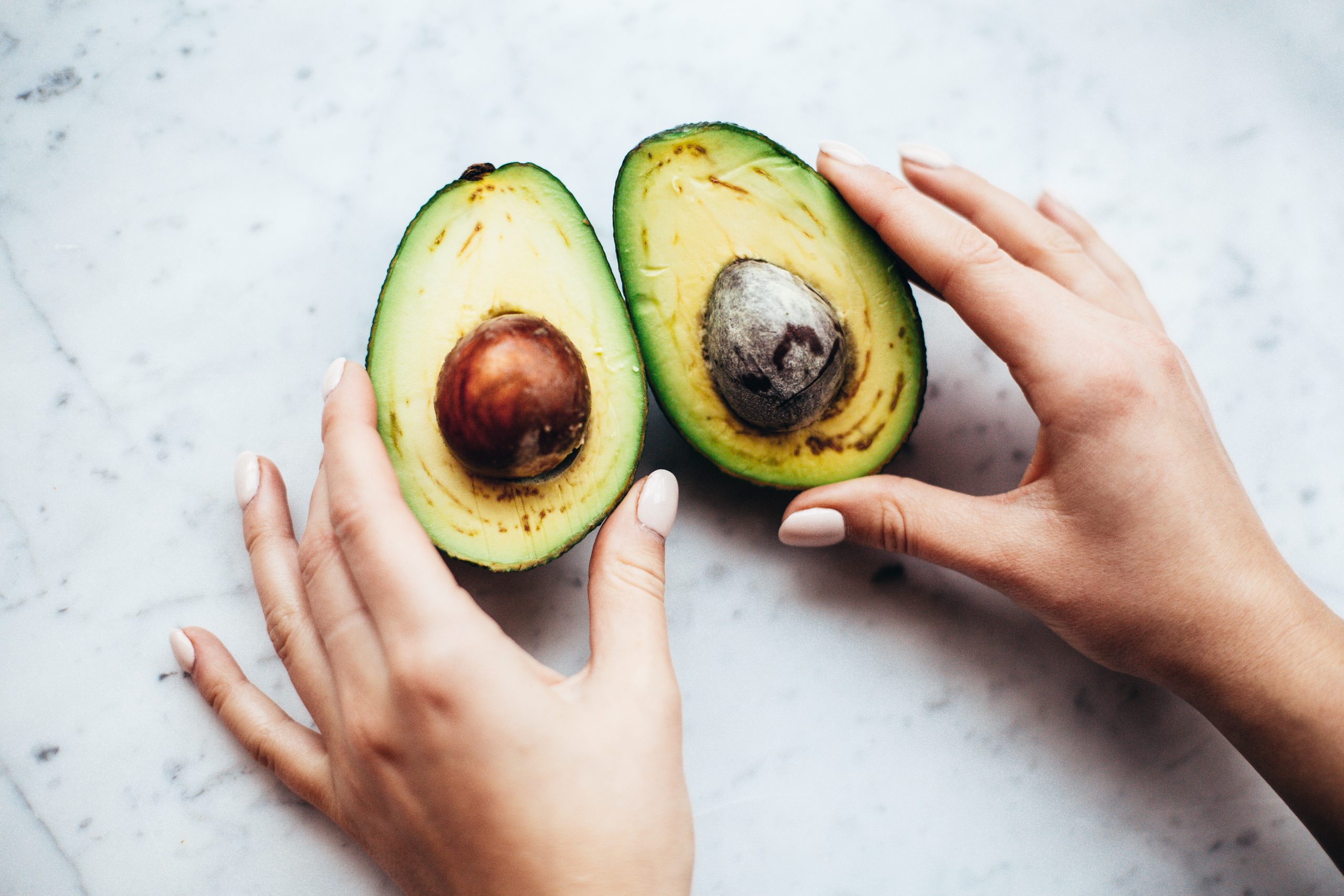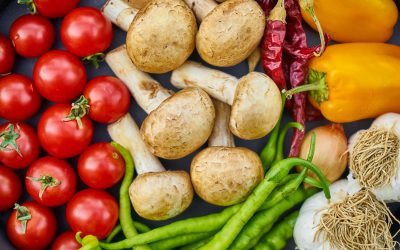Our food system is broken—and it’s a gigantic problem. Food waste is a monetary problem for farmers, manufacturers, food distributors and businesses. It’s a food insecurity and monetary problem for consumers, communities and people in need. And, it’s a major environmental problem flagyl over the counter for the planet.
In fact, Sarah Taber’s article on food waste in the Washington Post said it best: “If food waste were a country, it would be the world’s third-largest emitter of CO2, after China and the United States.” Food loss and waste count for nearly 60% of Canada’s food industry’s environmental footprint. That’s equivalent to 35.3 million metric tonnes of food waste annually. More than half of the food produced in the developed world goes uneaten.
Of that wasted food in Canada, 32% was totally avoidable. This is beyond just an environmental tragedy, especially when you consider how many households and communities in Canada (and beyond) are hungry and food insecure.
There are many contributors feeding into our broken food system. We discuss each of them (and solutions for them) in our reports on the Avoidable Crisis of Food Waste.
Today, however, we’re considering the developed world’s appetite for perfection and how our unsustainable food aesthetics are hurting us and our planet.
Food aesthetics, “ugly” food and demand for perfection

Second Harvest’s food crisis report tells the story of the tomato and its cycle through loss and waste from the field to our forks. In fact, millions of tomatoes are grown
in Canada every year but it is expected that hundreds of thousands of them won’t make it to the market, let alone leave the farm.Why?
Our unsustainable supply and demand for perfect food aesthetics
On the production, harvest, processing and manufacturing side of things, food loss happens on various levels, including the food aesthetics grading system. Only “perfect” grade one or two produce sell to retailers. Any produce that isn’t the exact right shape, size, appearance and colour won’t fit the exact specifications for premier grades of produce.
Once rejected by the processor and, if there isn’t a secondary market to sell to, they go to the landfill. This is all because the product has a blemish, bruise, discolouration, or is “ugly” somehow.
The same food aesthetics perfection applies to products when it comes to best-before dating practices. We throw out perfectly good foods and beverages because of a date that had no correlation to food safety at all.
Most consumers don’t buy imperfect produce
Once the “perfect” foods reach the distributors, retailers, and consumers, more food waste occurs as produce becomes overripe or forgotten about in our fridges. In shops, homes and restaurants alike, fresh bread’s thrown out once it’s a day old. Yogurt gets discarded because the best before date is coming close.
Even consumers root around in grocery store fridges to find “newer” dairy products or soft, yet not bruised avocados or stone fruit. Why? The ugly truth is that consumers don’t buy imperfect fruits and vegetables. They sort through bins and squish or bruise the produce until they find the perfect one, leaving the rest to spoil.
At home, 21% of food waste is avoidable (and could save households an average of $1,766 per year).

Overstuffed fridges full of perfect foods for the landfill
The “ugly food movement” has been around for many years—it’s even become controversial and attracted big business. As The New Food Economy put it, “there is no simple answer to how we deal with food waste…” however, tackling food loss and waste should be a number one priority for governments, communities, businesses and individuals.
We need to rethink our appetite for perfection and over-consumption.
If consumers no longer demand “perfect” produce, how will that affect the supply chain? Ugly foods are, after all, just as nutritious and delicious. What if farmers and manufacturers, producers and distributors, and shops and consumers—all of us—changed our food consumption habits?
What if we consumers didn’t overshop and overstuff our fridges only to throw them away once they’d gone bad?
Save the environment and feed the hungry (while we work on our bad habits)
Until we lose our appetite for perfect foods, however, redistributing food waste helps lessen our environmental impact. The more good food that avoids the landfill (and CO2 emissions that come with that) the better.
We aim to divert food away from landfills and into the hands (and kitchens) of non-profits, charities, school programs and agencies that help provide hunger relief to food insecure communities across Canada.
Learn more about The Avoidable Crisis of Food Waste in our report and roadmap.





